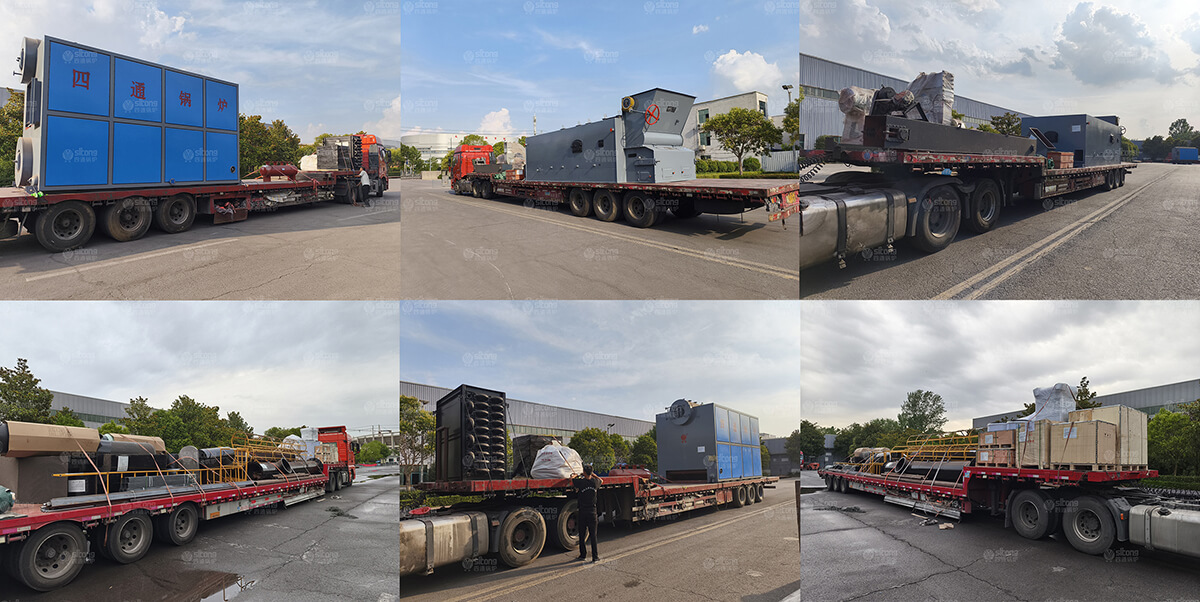Corrugated paper production is a typical energy intensive industry, and its core processes (such as pulping, drying, forming, etc.) require a large amount of stable steam supply. A medium-sized corrugated paper factory in the Philippines originally used traditional coal-fired chain boilers, which had problems such as low thermal efficiency (only 65%), high pollution emissions, and increasing fuel costs year by year. In response to environmental policies and to reduce production costs, the customer decided to upgrade to the SZL series dual fuel (coal-fired/biomass) steam boiler for achieving both clean production and economic benefits. They ultimately chose
Sitong boiler as its supplier of boiler equipment after comparing multiple boiler factories. The SZL series coal and biomass fired steam boiler produced by
Sitong boiler has a unique design structure and production process, which has taken the lead in solving common problems of traditional biomass boilers, such as furnace arch collapse, furnace door burnout, hopper ignition, and stopper coking. At the same time, its characteristics of safety, efficiency, energy saving and environmental protection are also very significant. Those help it establish a good reputation in the paper production market.
Sitong boiler recommended the factory a coal and biomass fired steam boiler(SZL25-1.6-AII+SCII) with an output of 25 tons per hour after knowing their demands on paper production.
In the pulping process of corrugated paper, this boiler can provide saturated steam of 1.6MPa, which is distributed to the cooking tank through a steam separator, thereby shortening the time for fiber softening. In the drying process, steam passes through a heat exchanger to generate hot air, which is used for drying corrugated cardboard. The humidity control can be precise to ± 3%. In the final molding and shaping stage, this SZL series coal and biomass fired steam boiler can stabilize the pressure steam to ensure even roller temperature, thereby reducing cardboard warping defects. Users can use local biomass particles such as rice husks and sawdust pellets as boiler fuel, which can reduce the cost of steam by 18% compared to coal. When there is a shortage of biomass fuel supply, it is also possible to quickly switch to coal-fired mode to ensure production continuity. In addition, the modular structure of this boiler reduces the maintenance time for ash cleaning and grate by 40%. The dual fuel design of the boiler can balance environmental requirements and economy. It is especially suitable for use in areas with abundant biomass resources. Its high-precision temperature and pressure control can also improve the yield of corrugated paper, providing a feasible path for the packaging industry to achieve the "dual carbon" goal. The picture shows the delivery site of the boiler:
More information on LinkedIn:
https://www.linkedin.com/feed/update/urn:li:activity:7351869154443907072Delivery video on YouTube:
https://www.youtube.com/watch?v=bSCPF5C7ROQ

